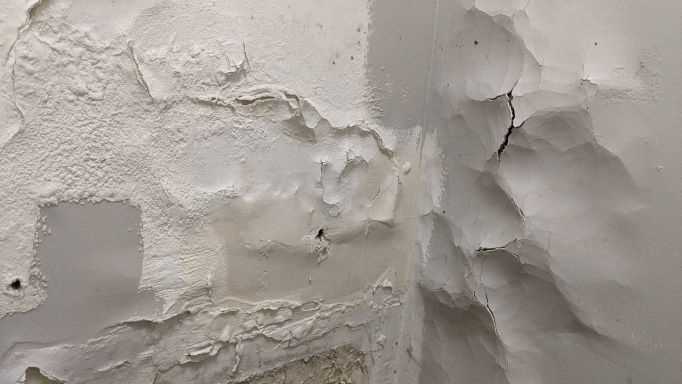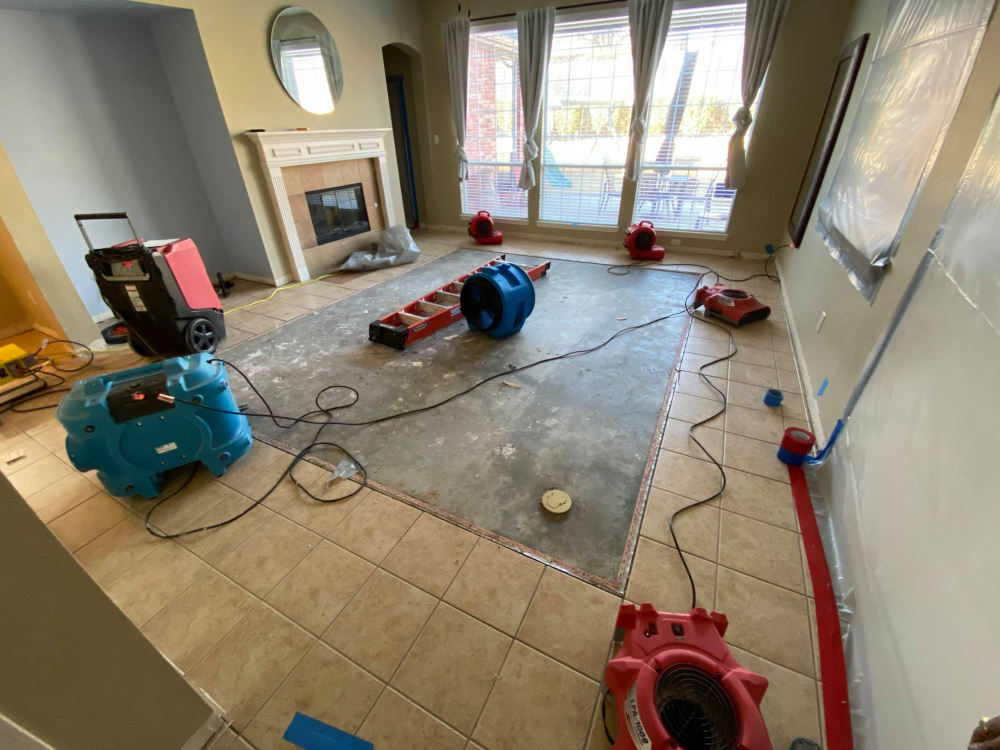Leading Water Mitigation Company Offering Fast and Efficient Solutions
Wiki Article
The Process of Water Damages Clean-up: Guaranteeing Your Home Is Brought Back Efficiently
Water damage can be a difficult challenge for property owners, requiring a organized and thorough cleaning procedure to recover safety and security and functionality. damage restoration services. Following this, reliable water removal methods play a pivotal role in reducing additional harm.Examining the Damage
Upon finding water damage, the very first step is to extensively assess the degree of the impact. This preliminary analysis is vital, as it aids establish the required actions for effective cleanup and restoration. Begin by evaluating the impacted areas, consisting of wall surfaces, ceilings, floorings, and personal belongings, to recognize the source of the water intrusion, whether from flooding, leakages, or condensation.Recording the damage is crucial for both insurance policy claims and preparing reconstruction initiatives - damage restoration services. Usage photos and composed notes to catch the severity of the damages, noting any kind of damaged structural components and materials. Pay special interest to locations that may not be promptly visible, such as behind walls and under carpetings, as concealed dampness can cause further difficulties, including mold and mildew development
Additionally, analyze the timeline of the water direct exposure. The longer the materials remain wet, the greater the potential for damages. Recognizing the duration of exposure will inform the seriousness of removal initiatives. Eventually, a detailed analysis lays the groundwork for a successful water damage cleaning process, making sure that all influenced locations are dealt with effectively and thoroughly.
Water Extraction Techniques

Professionals typically employ submersible pumps for larger quantities of water, which can promptly relieve flooding in cellars or various other influenced locations. For smaller amounts, wet/dry vacuums are frequently made use of to remove residual dampness from rugs and hard surface areas. In addition, using portable extractors permits targeted elimination in restricted spaces or locations with fragile materials.
In circumstances of polluted water, such as sewer or floodwater, advanced removal methods might include making use of biohazard devices to make certain security and compliance with health and wellness regulations. High-powered removal tools are critical in decreasing water retention in structural products, which can bring about mold development and architectural degeneration if not attended to without delay.
Eventually, the performance of water removal methods plays a crucial role in the general success of the water damages cleaning process, preparing for subsequent repair initiatives.
Drying and Dehumidification
Once standing water has been effectively drawn out, the following critical phase in the water damage cleaning procedure is drying out and dehumidification. This action is necessary to stop further damages and mold and mildew development, which can take place within 24 to two days in damp atmospheres.To accomplish efficient drying, specialized equipment such as industrial-grade air moving companies and dehumidifiers is used. Air moving companies circulate air throughout damp surface areas, improving dissipation rates, while dehumidifiers lower humidity levels airborne, advertising a conducive setting for drying out. The mix of these devices guarantees that moisture is drawn out from floors, water mitigation company walls, and home furnishings, allowing them to completely dry thoroughly.
It is very important to keep track of the drying procedure very closely. Professionals commonly use moisture meters to evaluate the moisture content in different products, ensuring that all affected areas get to appropriate dryness degrees. This meticulous strategy helps to avoid surprise dampness pockets that could bring about architectural damage or undesirable mold and mildew growth.

Cleaning and Sterilizing
After the drying and dehumidification phase is complete, the next important action in water damages cleanup is cleansing and disinfecting the influenced areas. This process is critical to avoid the growth of mold and mildew, germs, and other microorganisms that flourish in wet settings.The cleaning phase typically involves eliminating any particles, dust, and pollutants from surfaces utilizing specialized cleaning agents. For tough surfaces, a mix of soap and water or industrial cleaning items is usually used. Soft products, such as upholstery and carpetings, might need more substantial cleaning methods, consisting of steam cleansing or deep extraction strategies, to make certain extensive hygiene.

Sanitizing adheres to cleaning, using EPA-approved disinfectants to eliminate unsafe microorganisms. This step is vital, specifically in locations that may have come right into call with floodwaters or sewer, as these sources can posture significant health and wellness risks.
In addition, it is very important to address any continuing to be odors, which might require making use of smell neutralizers or sophisticated methods like ozone therapy. Proper cleaning and sterilizing not just restore the security and hygiene of your home however additionally lay the groundwork for successful repair and repair work in subsequent stages of the water damage cleanup procedure.
Repair and Repairs

Once the evaluation is total, remediation efforts can start. In addition, floor covering may require comparable attention, depending on the degree of water exposure.
It is important to involve skilled restoration professionals during this process, as they possess the know-how to manage complicated repair work efficiently. In addition, they can aid alleviate prospective future issues, such as mold and mildew development or structural instability, hence ensuring a risk-free and habitable living atmosphere. Eventually, effective repair and repair work bring back the home's stability and improve its overall worth.
Conclusion
To conclude, the procedure of water damage cleanup is vital for bring back a home to its pre-damage problem. Each phase, from assessing the damages to applying effective water extraction methods, complied with by extensive drying out, sanitizing, and necessary repairs, plays an essential role in ensuring security and compliance with building standards. Efficient execution of these steps not just alleviates immediate damages but likewise boosts the long-term stability and value of the residential property.Water damage can be a difficult obstacle for property owners, demanding a organized and thorough clean-up process to restore safety and functionality. Eventually, a comprehensive assessment lays the foundation for a successful water damage cleaning process, ensuring that all influenced locations are addressed successfully and extensively.
Efficient water extraction methods are necessary in alleviating damage and protecting against further difficulties complying with a water intrusion event.In conclusion, the procedure of water damages cleaning is vital for restoring a home to its pre-damage problem. Each stage, from assessing the damages to implementing reliable water removal techniques, complied with by complete drying out, disinfecting, and essential repair work, plays a necessary function in ensuring safety and compliance with building requirements.
Report this wiki page